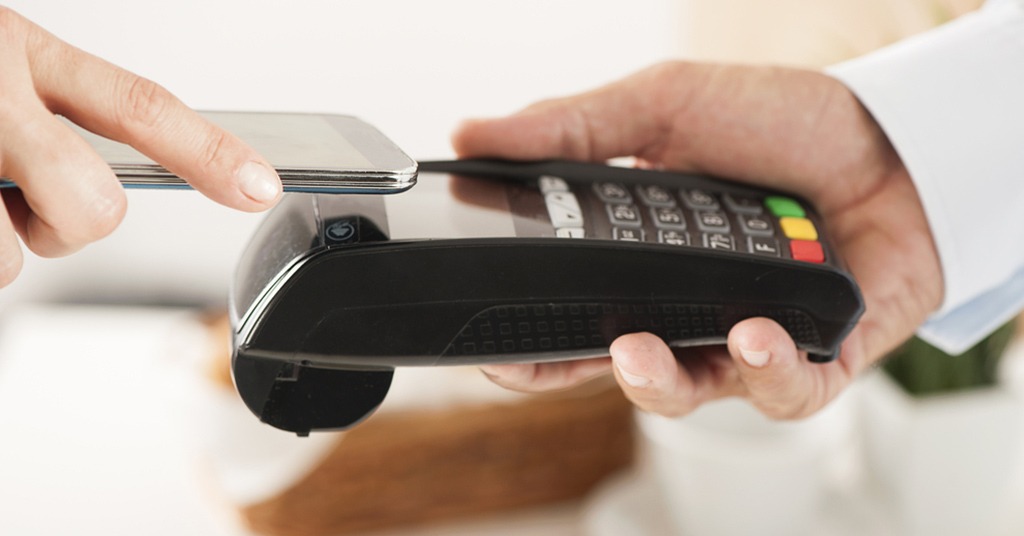Today, we debunk the 5 most common myths which may prevent you from using contactless payments

5 myths of contactless payments security. Source: shutterstock.com
Most customers nowadays prefer to use bank cards instead of cash for daily purchases. However, contactless payments via mobile phones or credit cards remain shady in many parts of the world. Not only buyers are afraid to use them, but also many retailers stick to their traditional card-reading terminals. The main doubts concern their security.
A thief can bring a terminal close enough to your contactless card or device to carry out an illegal transaction
To begin with, receiving a contactless payment terminal is not that easy. There is a lot of bureaucracy involved. All the terminals must be officially registered and identified. As a result, they can be easily traced. Moreover, there are limits to the sums available for contactless payments. They differ from country to country, and from bank to bank. The common thing is that usually, the sum is not that large. Significant expenses still require a PIN code.
A thief can get access to your contactless electronic information and falsify your data on a fake bank card that can be used in shops
The information transferred between the card/device and the payment terminal is only a unique transaction code. It concerns both contact and contactless purchases. Your personal data is encrypted and secure. It is impossible to counterfeit your sensitive information without physically stealing a card. Moreover, contactless cards do not bear your PIN code, so even if a thief knows your name and card number, they cannot use it properly. Every card is unique, a copy cannot be created.
A thief may get your contactless card data and use it for online purchases or ordering by phone
Online or phone purchases are even harder to make than ordinary shopping. These kinds of payments require personal information such as the cardholder’s name, card number, and a CVV code. This data is never transmitted via contactless payments. Your card data security does not depend on the contact type. This feature changes only the type of interaction with a terminal and its speed.
Thieves can steal your identity data from contactless cards
Once again, contactless cards do not transmit any personal data. They are not required for terminal-card interaction. Your name or address remains unknown with contactless payments. Do not forget about protective card sleeves and wallets that can hide your card from anyone who’d like to read your data. In the case of card-reading terminals that require direct contact, those are impossible to use. Hence, your data is even safer with contactless cards.
If someone steals my connected watch, they can hack my account
Connected devices possess even less banking information than a contactless card. The card number is encrypted via the “token” system. This enciphered number needs to be decrypted by the card issuer before any transaction is allowed. In addition, the first daily transaction via smartwatch always requires a PIN code. Finally, the payment feature is disabled when you take your watch off.
In conclusion, people should not think that the inventors of the new contactless technologies did not think it through before implementation. Ignorance is often the main barrier to progress. We must not make uninformed decisions about any new technologies that may facilitate your life.
SEE ALSO:









